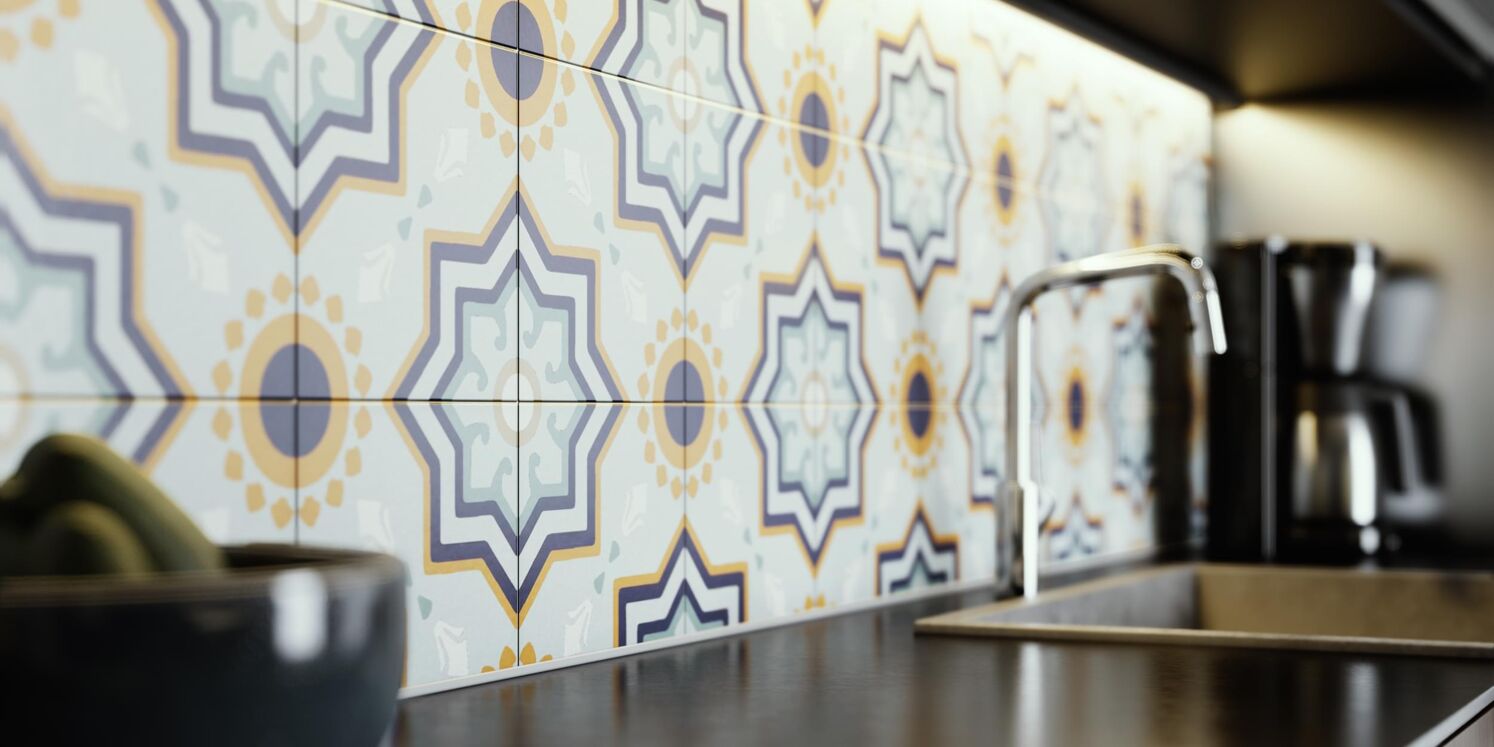Your Cart is Empty
Customer Testimonials
-
"Great customer service. The folks at Novedge were super helpful in navigating a somewhat complicated order including software upgrades and serial numbers in various stages of inactivity. They were friendly and helpful throughout the process.."
Ruben Ruckmark
"Quick & very helpful. We have been using Novedge for years and are very happy with their quick service when we need to make a purchase and excellent support resolving any issues."
Will Woodson
"Scott is the best. He reminds me about subscriptions dates, guides me in the correct direction for updates. He always responds promptly to me. He is literally the reason I continue to work with Novedge and will do so in the future."
Edward Mchugh
"Calvin Lok is “the man”. After my purchase of Sketchup 2021, he called me and provided step-by-step instructions to ease me through difficulties I was having with the setup of my new software."
Mike Borzage
How to Streamline Your Architectural Practice with Enscape-Managed Custom Materials and Textures
March 14, 2024 2 min read


Streamlining Architectural Practices with Enscape-managed Custom Materials and Textures
Creating convincing architectural renderings requires attention to detail, particularly in the use of textures and materials. The realism and aesthetic quality of your designs can be significantly enhanced by custom materials that capture the subtleties of real-world surfaces. However, given the array of possibilities in design and construction, the creation and management of these materials can be overwhelming. For firms using Enscape, a leading real-time rendering and virtual reality plugin, managing custom materials effectively can vastly improve workflow efficiency and consistency across projects.
For architectural practices utilizing Enscape, the challenge often lies in ensuring that custom materials are not only of high quality but also easily accessible and consistent across all modeling platforms that Enscape supports. This ensures that all team members, regardless of their chosen software, can work with the same set of materials, maintaining a uniform visual language and streamlining the design process. By curating a library of custom materials and configuring the firm's systems to share these resources, practices can achieve a greater level of efficiency and collaboration.
Enscape offers a selection of high-quality materials with detailed bump maps and settings designed to elevate project visualizations. To ensure that these materials are available to the entire team, especially in work-sharing environments like Revit, it's crucial to store these resources on a shared network folder. This setup allows all users to point to the same Import Texture Path, ensuring that everyone has access to the same Enscape-provided materials.
For Revit users, creating a custom material library is a practical approach. This library can be housed on a network location, granting access to curated, high-quality materials and textures to the entire staff. It is important to note that Enscape only supports legacy materials within its Material Editor in Revit. Despite this limitation, the legacy materials remain fully functional and can be transferred to other modeling platforms, such as SketchUp or Rhino, using Enscape's 'Export Material Package' feature.
In SketchUp, importing an Enscape material package is seamless, preserving material names and settings as defined in Revit. This interoperability is key for cross-platform consistency and can also work in reverse, where materials defined in SketchUp can be exported for use in Revit or other supported platforms like Archicad.
The importance of managing the location and access to custom materials cannot be overstated. Since Enscape-supported platforms do not store textures within project files, ensuring that the "Imported Textures" folder is well managed is crucial. This includes setting up automated replication across geographic locations to maintain accessibility and consistency.
By effectively organizing and managing custom materials, architectural practices can benefit from a more streamlined process, allowing for the creation of compelling visualizations with greater ease and cohesion. As the technology and tools for architectural design continue to evolve, maintaining an organized approach to material management becomes ever more critical.
For more information about the newest and most advanced design software technology, contact our sales team at NOVEDGE.
Also in Design News

Cinema 4D Tip: Structured Content Browser Workflow for Cinema 4D Asset Management
January 07, 2026 2 min read
Read MoreSubscribe
Sign up to get the latest on sales, new releases and more …




